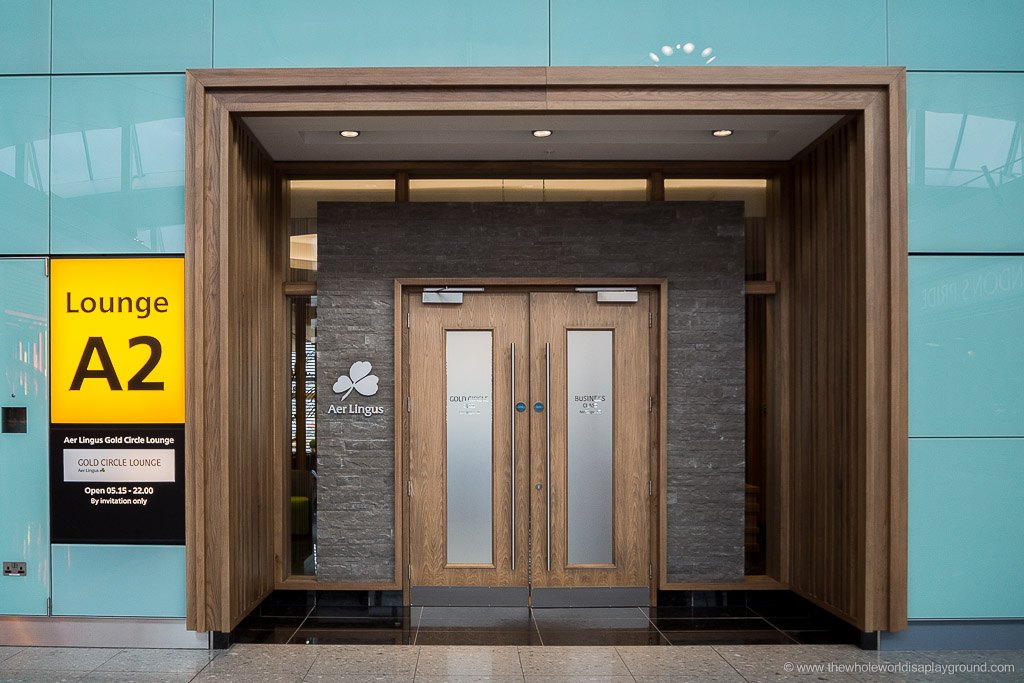Aer Lingus Gold Circle Lounge, Heathrow Airport
Services:
- SBEM Calculations
Size:
575m2
Heathrow Terminal 2, also known as The Queen’s Terminal opened in June 2014, is an airport terminal at Heathrow Airport, the main airport serving London.
The Aer Lingus Gold Circle Lounge is located within the main departures area at Terminal 2. The Lounge provides a comfortable space for VIP Customers to relax preflight.

Background
Heathrow Terminal 2 is the world’s first airport to obtain a BREEAM Excellent rating, thanks to a design conceived to reduce CO2 emissions by 40% through the combination and development of active and passive energy systems.
Energi IQ were commissioned to undertake the Part L compliance SBEM Calculations for the Aer Lingus Gold Circle Lounge at Terminal 2, Heathrow Airport. Heat and Power to Terminal 2 is supplied by an onsite biomass-fuelled CHP energy centre.
Under Part L2 of the Building Regulations, all new Non-Domestic buildings must pass a Simplified Building Energy Model (SBEM) calculation. Some extensions, conversions and renovations may also require an SBEM calculation.
SBEMs are used to create the BRUKL compliance document and the Energy Performance Certificate. They measure heat loss through the building fabric, available sunlight and air permeability. These are then combined with the energy required for heating, cooling, hot water, lighting and ventilation and any renewables supplying the building to measure the overall energy efficiency and carbon emission rates of buildings.
Our Approach
Working closely with the Architectural and M&E team members on this project our Energy Assessors took a detailed approach to Thermal Modelling, performing in-depth analysis to discover accurate data regarding the building’s performance. This included obtaining detailed Fabric Performance values, Biomass-fuelled CHP efficiencies and distrubiiton losses, Ventilation SFPs, Hot Water Performance figures and specific details of the Lighting efficacies.
Outcomes
The Aer Lingus Gold Circle Lounge achieved:
Key Takeaway
This project demonstrates by undertaking deep data specific modelling we avoided having to use pessimistic ‘default data’ assumptions that can have a negative effect on SBEM Calculations.




